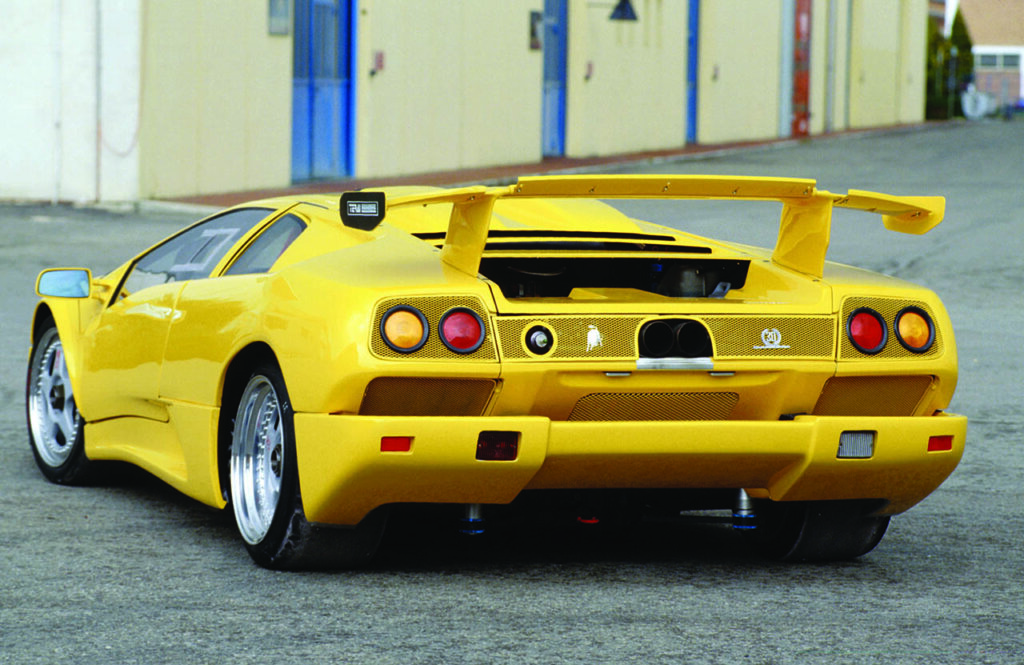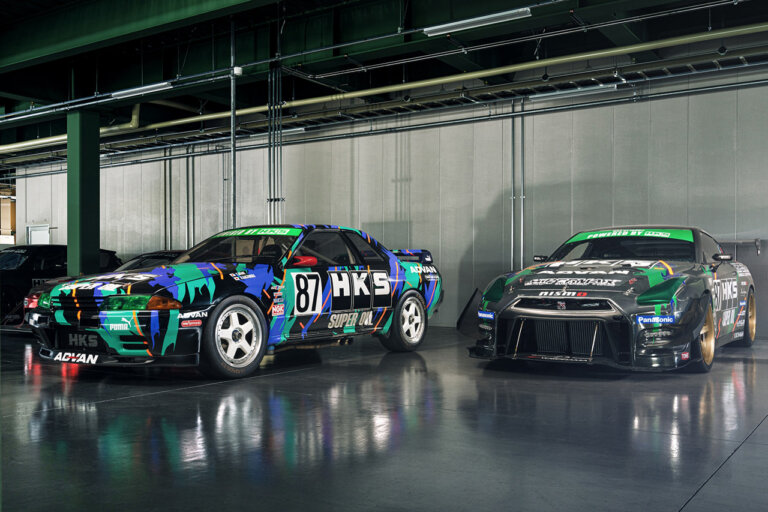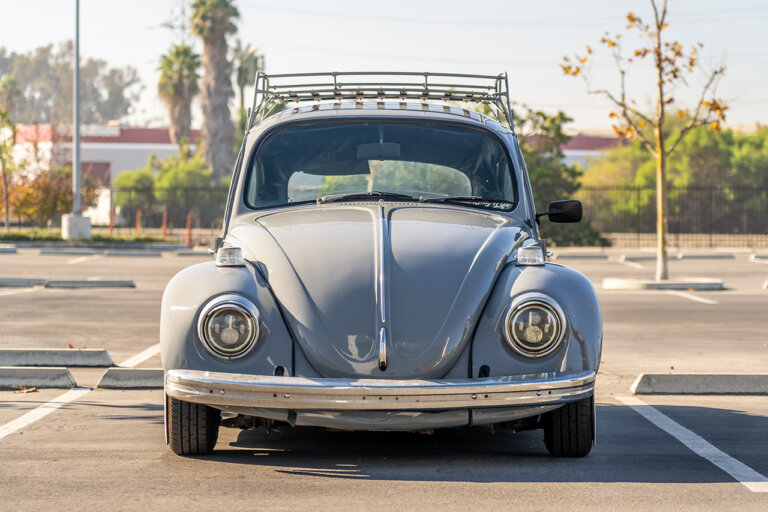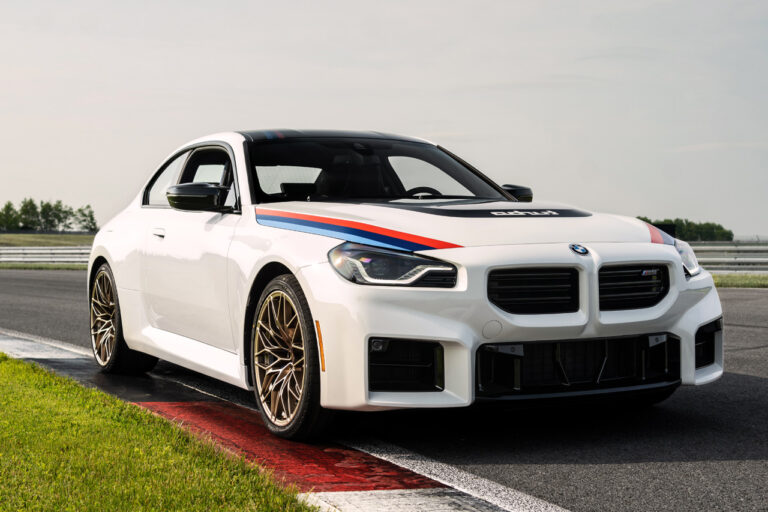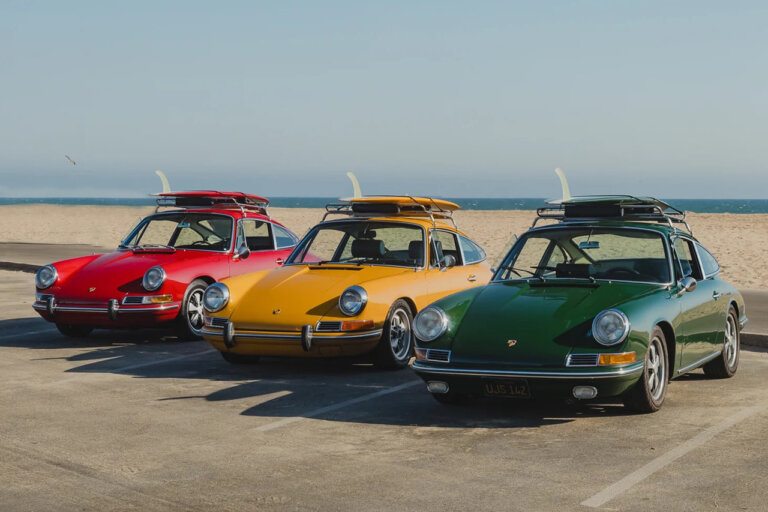Diablo SE30 and SE30 Jota

Source: Lamborghini Media Center
The Diablo SE30 emerged as a limited-production marvel, a tribute to the company’s 30th anniversary in 1993. Crafted with a focus on being a street-legal race car, it showcased both enhanced power and reduced weight compared to the standard Diablo. Under its hood, the engine received a substantial upgrade, boosting output to an impressive 530 PS (390 kW; 523 hp) via tuned fuel system, a free-flowing exhaust, and magnesium intake manifolds. In the pursuit of performance, the SE30 retained rear-wheel drive to minimize weight and omitted the electrically adjustable shock absorbers found in the VT model. Instead, it featured adjustable-stiffness anti-roll bars, controllable from the interior on-the-fly, further emphasizing its track-oriented intentions.
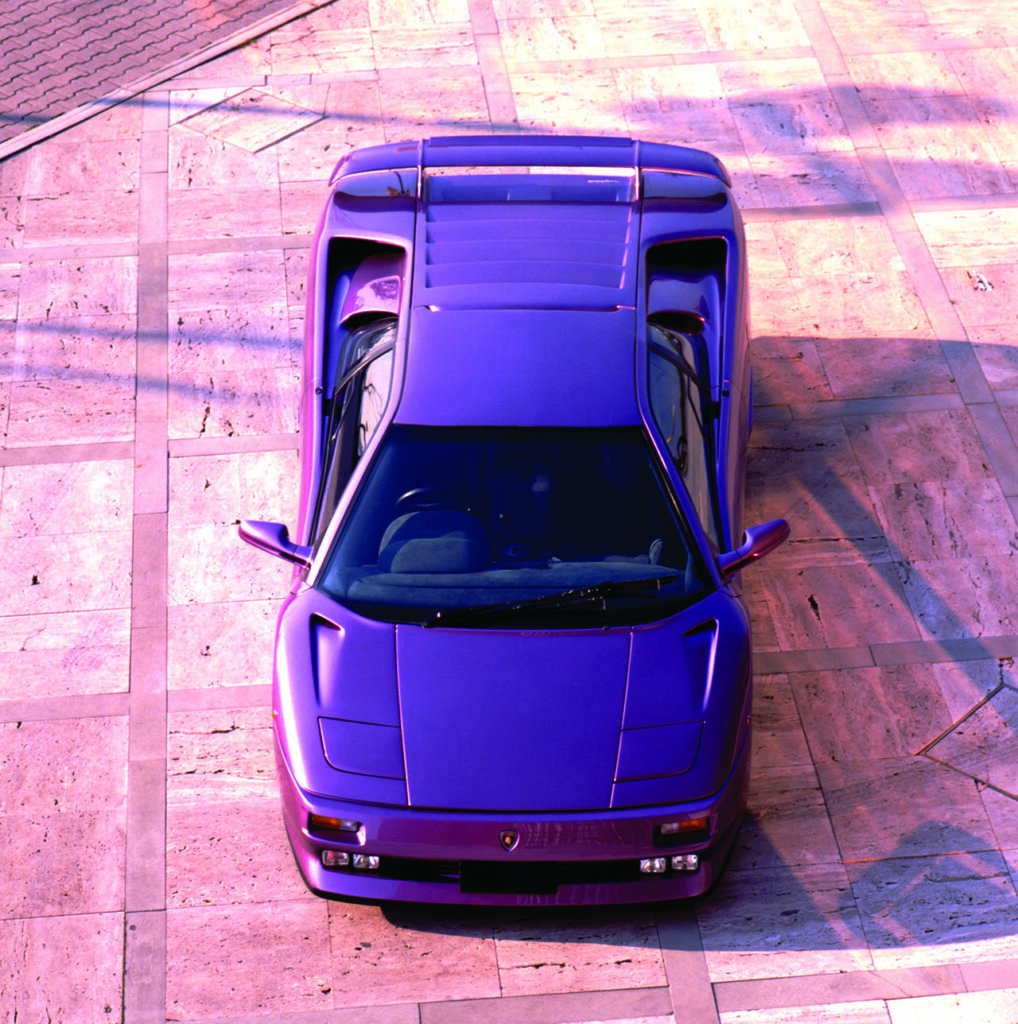
Weight reduction efforts included swapping power glass side windows for fixed plexiglass, while luxury features like air conditioning, stereo, and power steering were stripped away. Carbon fiber seats with 4-point harnesses and a fire suppression system reinforced the car’s racing essence.
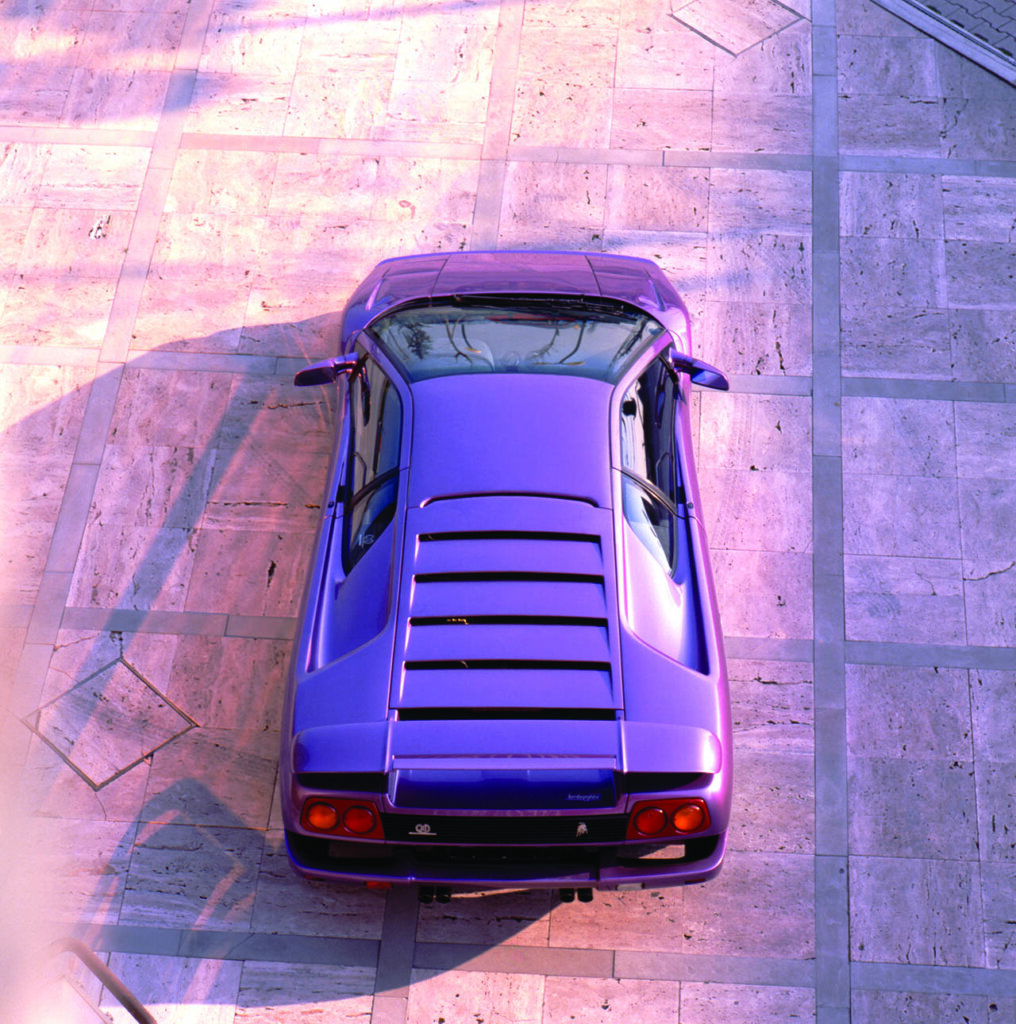
Externally, the SE30 sported a modified front fascia with pronounced brake cooling ducts and a deeper spoiler. Rear cooling ducts assumed a vertical body-colored design. The emblem migrated from the luggage lid to the nose panel, and the engine lid featured slats over the narrow rear window. A larger spoiler became standard. Rear fog and backup lamps shifted to the bumper, a design change adopted across the Diablo range. The package was completed with distinctive magnesium alloy wheels, SE30 badging, and an exclusive metallic purple paint option (customizable upon request).
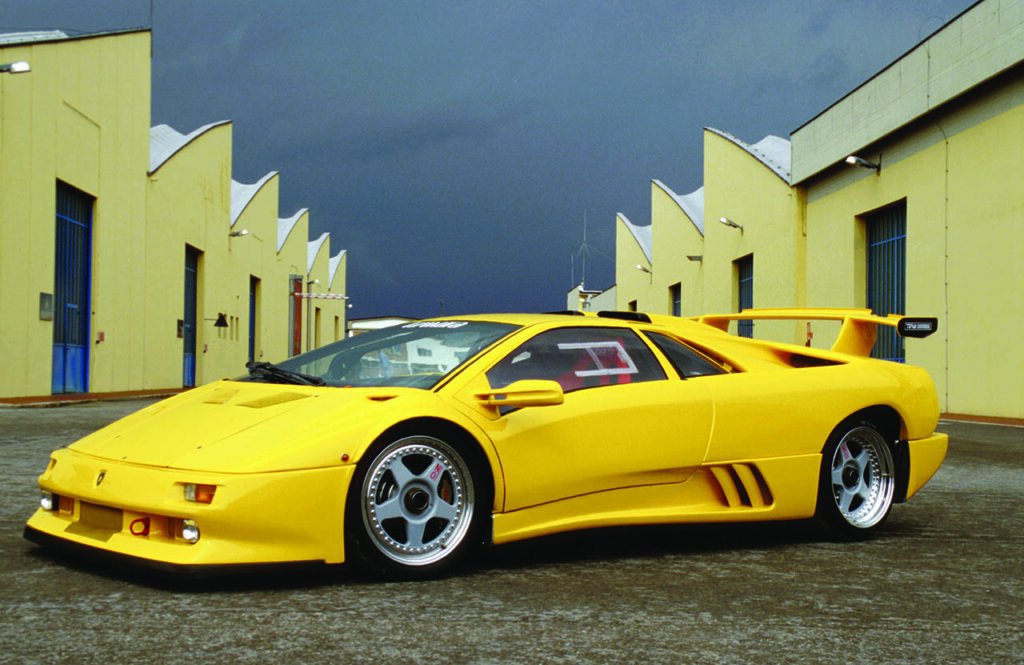
Source: Lamborghini Media Center
Out of a limited production of 150 SE30 models, approximately 15 underwent transformation into “Jota” specification, a process facilitated by 28 Jota conversion kits. The “Jota” emerged as a factory-modified kit, conceived to shift the race-focused SE30 into a bona fide circuit racer. However, this transition came at the expense of its street-legal capabilities. A reworked engine lid, featuring twin ducts extending above the roofline, ushered air into the intake system, reminiscent of the design later seen on the Diablo SV model. With intensive tuning of the venerable V12 engine, power output surged to an impressive 603 PS (444 kW; 595 hp), while torque reached 639 N⋅m (471 lb⋅ft). In pursuit of racetrack optimization, even the interior rear-view mirror was discarded, aligning with the revised engine lid’s configuration and enhancing the car’s race-focused ambiance.
